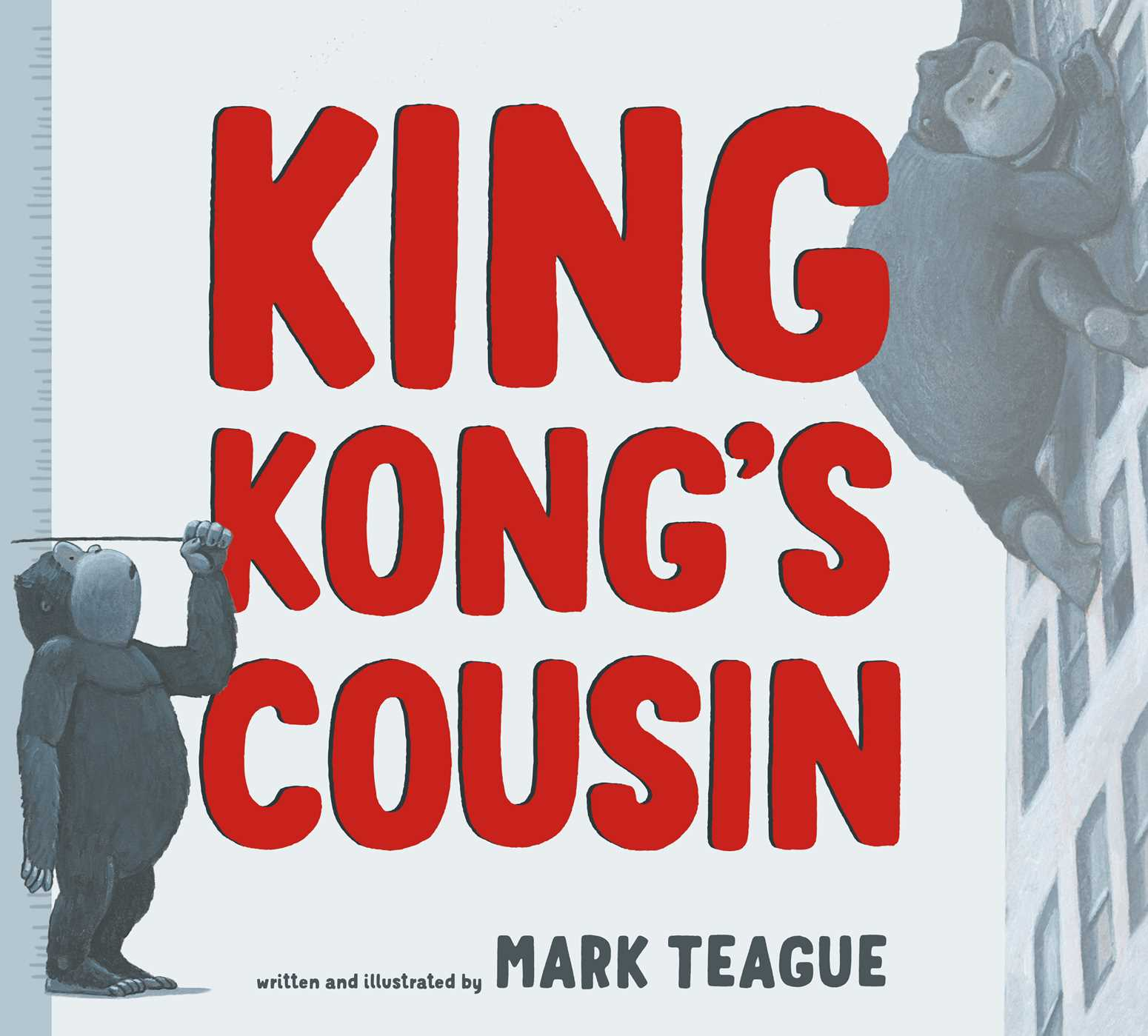Pages
Friday, September 30, 2022
Book List: Cooking Books
Thursday, September 29, 2022
Review: Selena + Chef
Wednesday, September 28, 2022
Picture Book Review: King Kong's Cousin
Tuesday, September 27, 2022
Monday, September 26, 2022
BookTok: The Jasmine Project
@yabooknerdlibrarian My new favorite YA book that I could not put down! #YAbooks #fivestars #booktok #librariansoftiktok #amreading #debutnovel ♬ original sound - Jennifer @YA Book Nerd 📚📚📚
Saturday, September 24, 2022
TBR Check-In
Friday, September 23, 2022
Blog Tour: How to Speak Animal

Welcome to the How to Speak Animal Blog Tour!
To celebrate the release of National Geographic Kids' How to Speak Animal on August 16th and World Animal Day on October 4th, this week blogs across the web will feature special excerpts from the book, sharing fascinating insight into the secret language of animals of all shapes and sizes. If you’ve ever wondered why ants touch antennae when they meet, what it means when a cichlid fish pees, or why turkeys gobble, this is the blog tour (and book!) for you!
How to Speak... TURKEY
Turkeys are known for their “gobble,” but did you know that hens (female turkeys) can’t make that signature sound? They make a clucking noise instead, which is used to get the attention of another hen or a tom (male turkey). Turkeys can make about 15 different vocalizations in the wild. A loud series of yelps is an “assembly call” for when a hen wants to gather her flock together. When turkeys are content—when they are being fed, for instance—they make a soft purring sound.
Male turkeys use the sound of gobble, gobble to keep other males away and to attract the attention of a female. They combine this vocal communication with an impressive display of body language: a dance called tidbitting, in which the turkey bobs its head while its red wattle, a fleshy piece of skin that hangs from its chin, flops around. Male turkeys will also strut, fan out their tail feathers, throw their head back, and walk with their wings low, dragging on the ground. A wattle may even turn a deeper red as blood rushes to it, which helps attract the attention of hens.
This is called multimodal communication because it combines two kinds of cues—in this case, auditory and visual—to communicate a message. The turkey’s message is “I’m a great mate.” Multimodal communication increases the chance that the message will be received even if there are distractions or disturbances nearby.

Learn about the secret language of wild animals in this exciting and informative guide from the experts who brought you How to Speak Cat and How to Speak Dog.
We know animals can’t speak and express themselves in the same way as humans … but even the smallest and quietest animals have incredible ways of communicating with each other. With wildlife veterinarian expert Dr. Gabby Wild as a guide, How to Speak Animal helps kids understand how animals communicate through sound, body language, and behavior. It’s full of expert insights and real-life stories of humans exploring ways to “talk” to animals, from teaching great apes sign language to speaking “dolphin.” Packed with super-engaging animal photography that helps illustrate key concepts, this fascinating bookprofiles more than 60 different creatures―from birds to mammals to reptiles and more―and their amazing ways of communicating with each other.
If you’ve ever wondered why gorillas beat their chests and make hooting noises, what it means when chameleons change color, or why some elephants twist their trunks together, this is the book for you!
About the Authors

Website | Instagram | Twitter | Facebook | YouTube
DR. GABBY WILD earned her bachelor of science and doctor of veterinary medicine (DVM) degrees at Cornell University. She completed her veterinary internship training at Metropolitan Veterinary Hospital in Akron, Ohio, and received her master’s of public health (MPH) from the University of Minnesota. She is a published genetics researcher and uses her research background to screen zoonotic disease transmission among wildlife, domestic animals, and people. To help maintain a healthy planet, she monitors herd and individual health for rising epidemics. Dr. Wild balances her Western medicine practices with traditional Chinese medicine in an effort to blend both methodologies. Acclaimed for her role as “the veterinarian” on Animal Jam, the world’s largest online “playground,” with 54 million players, she creates educational videos and teaches children internationally about wildlife conservation and medicine. When not in the wild, Gabby works as a Wildlife Health Program veterinarian for the Wildlife Conservation Society at the Bronx Zoo and is a training veterinary surgeon at the Veterinary Medical Center of Long Island. She lives in New York City.

Website | Instagram | Twitter | Facebook | Pinterest
AUBRE ANDRUS is an award-winning children's book author with dozens of books published by National Geographic, Lonely Planet, American Girl, Disney, Scholastic, and more. She has also ghostwritten books for young YouTube stars. She currently lives in Los Angeles with her family.
GIVEAWAY

- Five (5) winners will receive a copy of How to Speak Animal
- US/Canada only
- Ends 10/2 at 11:59pm ET
- Enter via the Rafflecopter below
- Visit the other stops on the tour for more chances to win!
Blog Tour Schedule:
September 19th — Susie's Reviews and Giveaways
September 20th — Pragmatic Mom
September 21st — Mom Read It
September 22nd — Randomly Reading
September 23rd — YA Book Nerd
Thursday, September 22, 2022
Book Tok: More about Taylor Swift
@yabooknerdlibrarian Book titles that could be Taylor Swift song titles #swifties #booktok #midnight #midnightmayhem #YAbooks #booknerds #taylorswift ♬ Marianelli: Dawn - From "Pride & Prejudice" Soundtrack - Jean-Yves Thibaudet
Wednesday, September 21, 2022
Picture Book Wednesday: Pairs of People
Tuesday, September 20, 2022
Top Ten Tuesday: Fall TBR List
This week's topic is Fall TBR pile - so for me that means books out in September, October, and November. I'll skip the holiday romances because that will be a separate post.

.png)


















































